You can think of companion planting as combination planting. It involves planting two or more plants together in the same space to increase the chances of one or more plants’ survival. We’ll see some plants that combine properly with lettuce in the following lines of this article.
20 Lettuce Companion Plants for Your Garden
1. Chervil
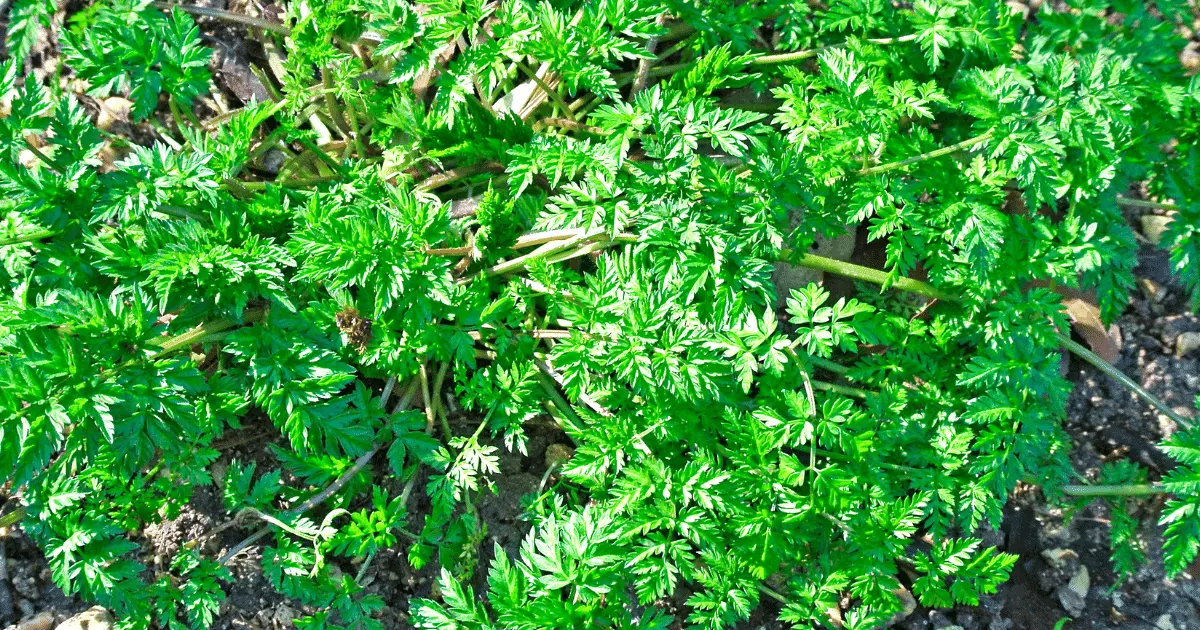
Chervil is a slug repellant, and you would only understand the importance of that statement once you’ve seen what slugs can do to lettuce. Let’s say you wouldn’t want to know the horror of the impact of slugs on lettuce plantations. The presence of chervil keeps slugs away from your lettuce farm, and that’s why both plants are compatible for companion planting.
2. Parsnip
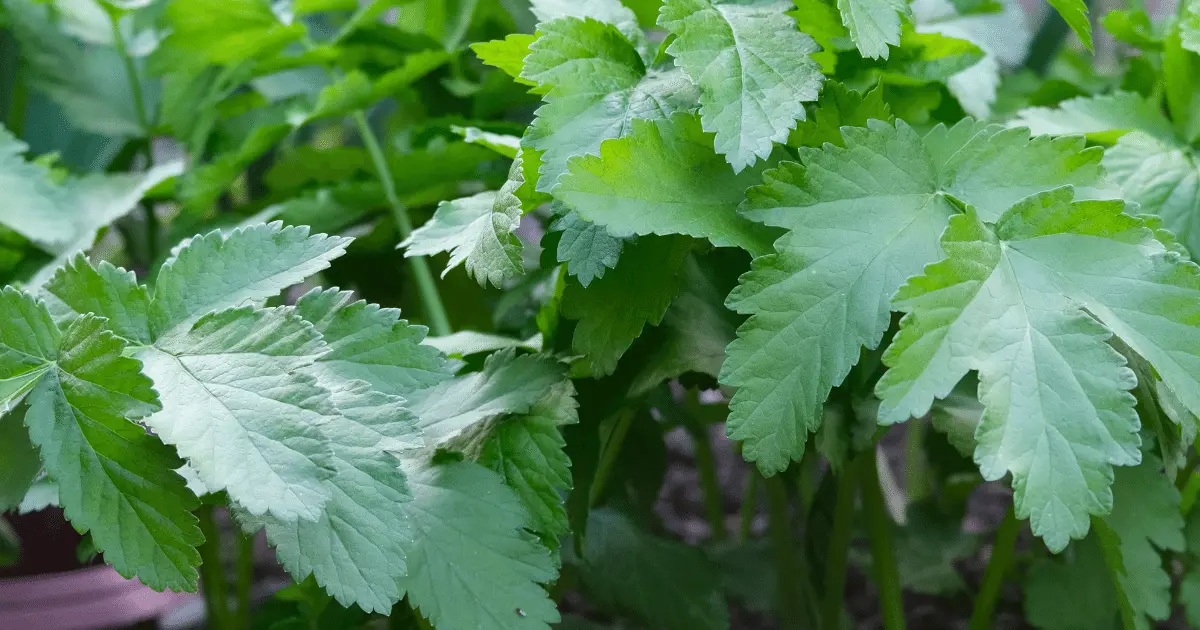
If making the best use of your land space is your reason for companion planting, then parsnip is one of your best bets. Growing parsnip with lettuce helps you as a farmer get more from the same garden without having to look for other land spaces. Parsnip is a root crop, whereas lettuce grows above the ground with shallow roots, so both plants do not disturb themselves even in the same space.
3. Carrots
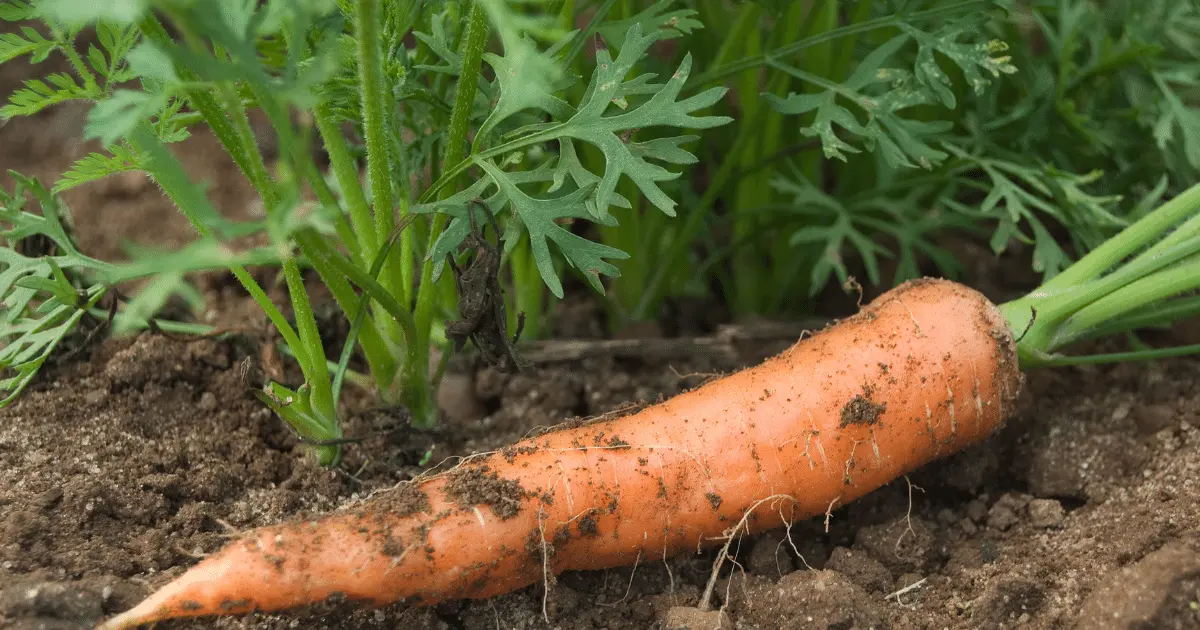
Carrots are another great companion for lettuce, and this is because of several reasons. Carrots grow and produce below the ground surface, and as the carrots shoot out into the ground, they create better aeration for the lettuce to grow. Because carrot fruits grow into the ground, they do not do well with many root crops. But lettuce has only shallow roots, which makes it a great companion for carrots because both plants will not compete for nutrients at the same level.
4. Asparagus

Lettuce is a low-height plant, and in the heat of harsh weather and scorching and dry seasons, too much sunlight can be detrimental to lettuce. That is where asparagus comes in; asparagus planted as a companion of lettuce will create a shade under which lettuce can bloom in and out of season.
5. Beets

Beets are another root crop; the fact that they produce their fruit under the ground provides lettuce with better aeration prospects when cultivated near beets. But much more than better aeration, beets do not compete for the same nutrients that lettuce needs to grow in the soil. This non-competition arrangement is because beets grow deep into the ground while lettuce stays shallow beneath the ground.
6. Shallots

Shallots are a part of the allium plant family and are known to be excellent pest repellents. Planting shallots close to your lettuce will reduce the risks of pest exposure. But aside from pest repulsion, shallots produce in the soil, creating better aeration for the lettuce. Shallots will not compete for the same nutrients lettuce seeds in the ground.
7. Onions
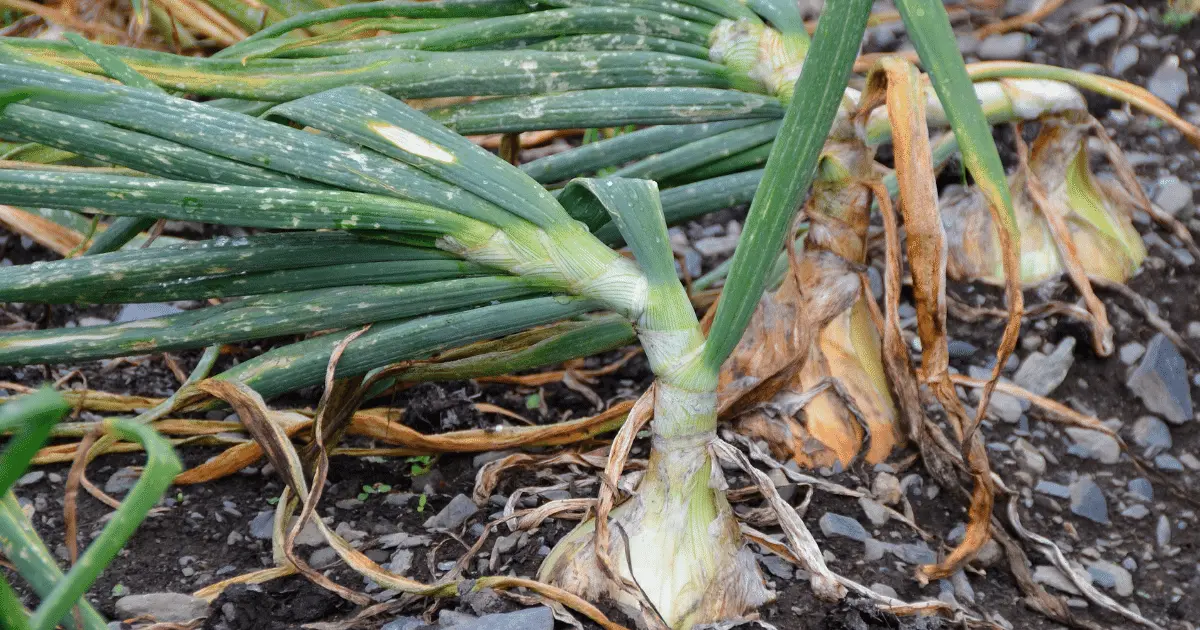
Onions are a member of the allium plant family, which do well when planted with lettuce. Onions grow big bulbs beneath the ground surface, and lettuce has only shallow roots. These two plants complement each other because they do not compete for nutrients at the same level in the ground.
8. Calendula

If you think about it, calendula’s presence threatens the existence and livelihood of lettuce. Calendula attracts slugs, one of the biggest threats to the survival of lettuce. Still, farmers over the age have learned to use calendula as a helpful plant for the growth of lettuce.
The hang of it is to plant calendula a little distance from the lettuce plantation. That is so the slugs that would have been attracted to the lettuce would then go to the calendula, and the lettuce would be free of slugs.
9. Eggplant
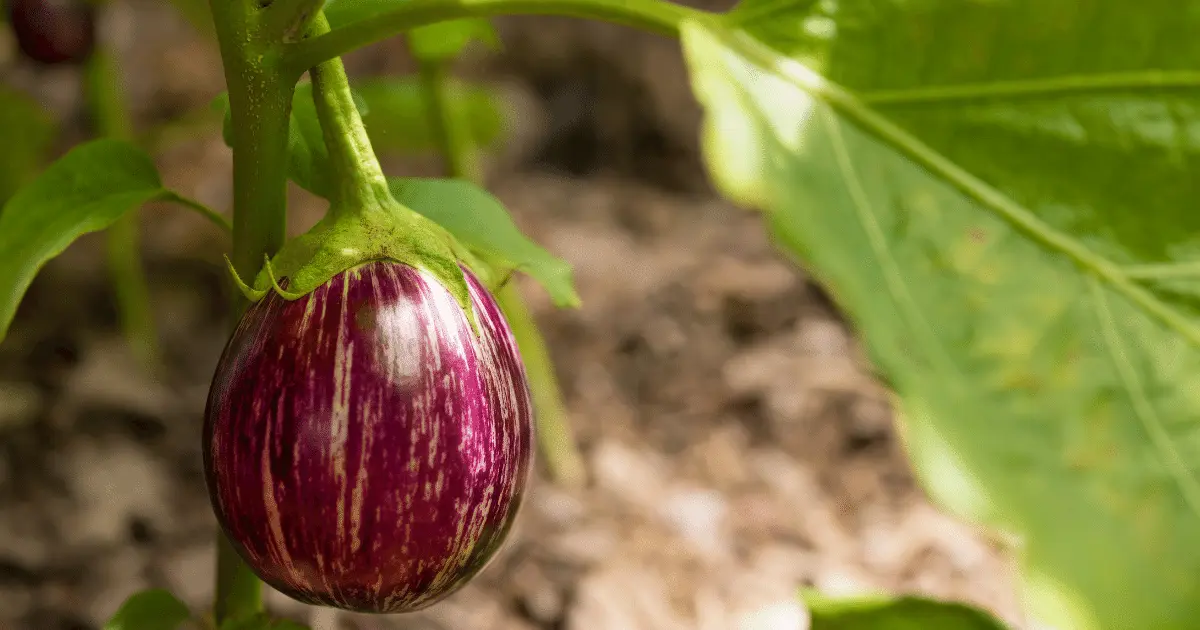
Lettuce doesn’t have a very long lifetime; what then happens to your space farming space after lettuce dries up or dies off? Eggplant is one of the plants you can use as a contingency plan after the lettuce has been harvested from your land space. Eggplant will help you make the best use of your land so that the land is kept from being dormant even after the harvest of lettuce.
10. Chives

Aphids are one of the greatest threats to a garden space; they prey upon many plants that want a chance at life in the garden. But chives are the natural remedy for aphids that work with lettuce. Chives would repel aphids away from your garden space, keeping the threats out and the lettuce safe.
11. Nasturtiums
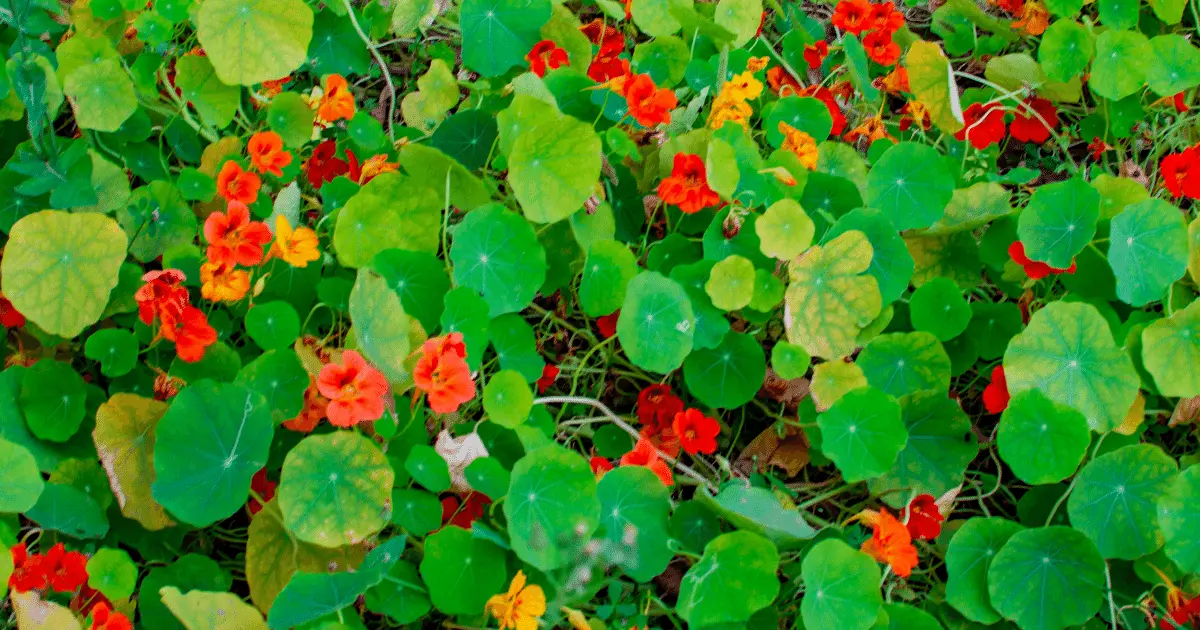
Nepotism is a natural pest repellent for many garden pests. Aphids elude the list of pests that nasturtiums repel. Instead, nasturtiums attract aphids. How can an aphid-attracting plant be beneficial to lettuce? You mean to ask. As a farmer, you can use this plant to distract aphids away from your lettuce, sacrificing the nasturtium to the aphids.
12. Turnip
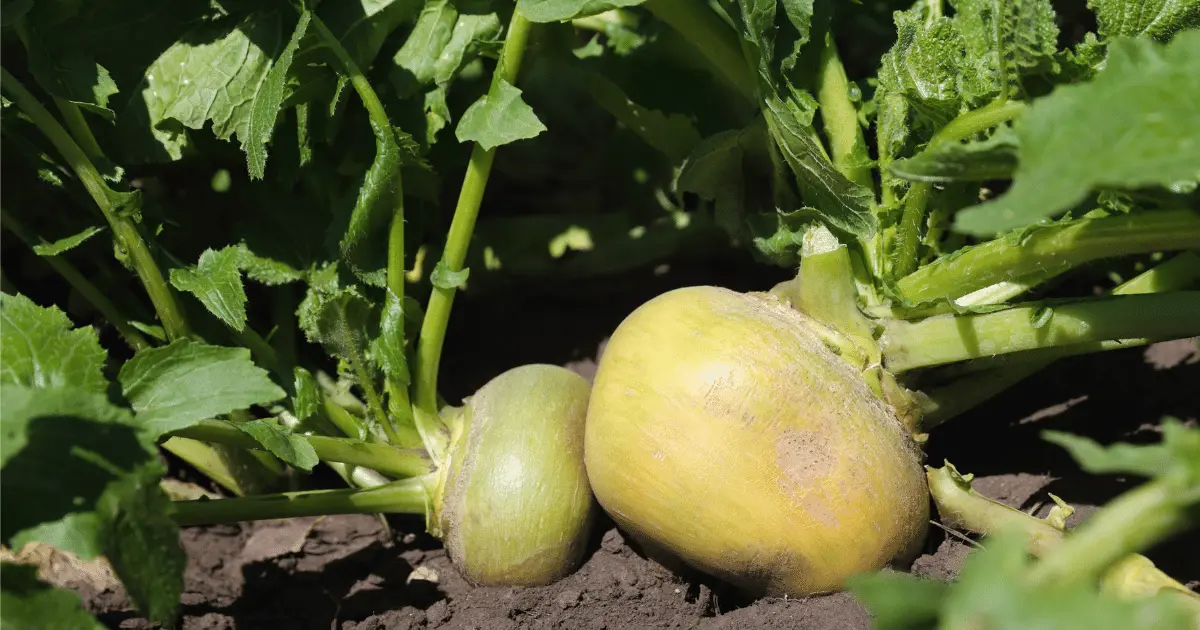
Unlike nasturtiums, turnip is a natural pest repellent for aphids. The presence of turnips around your lettuce will keep aphids away. This helps you save money, time, and efforts that would have been invested in pesticides. Turnip, therefore, is a great companion plant for lettuce.
13. Cilantro
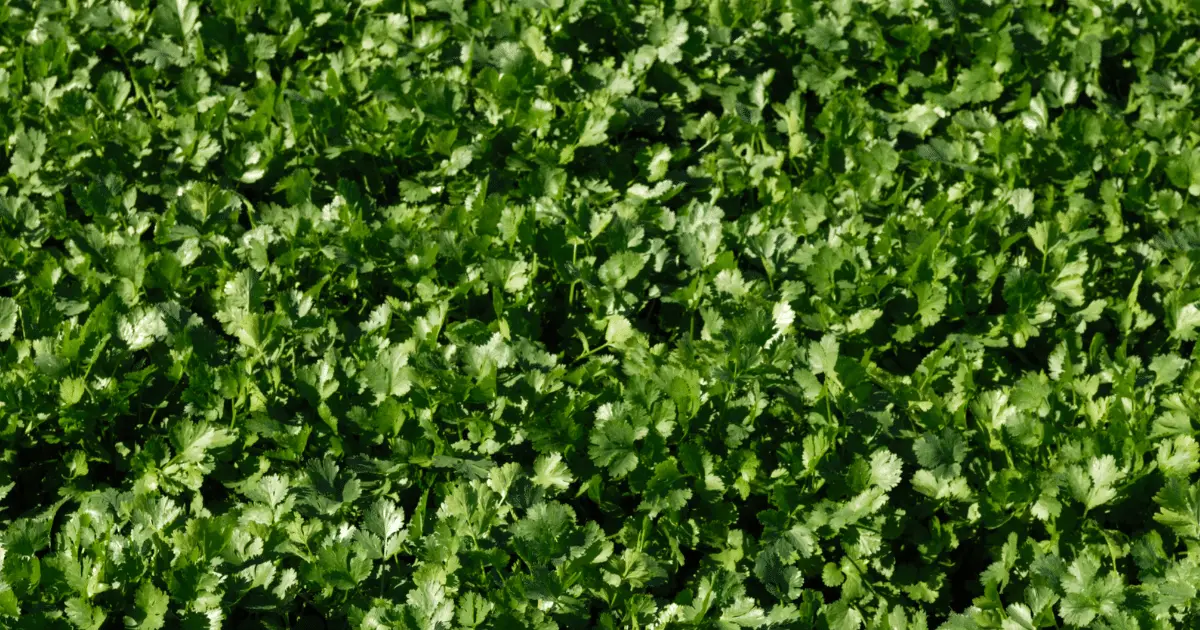
Cilantro is one of what is called aromatic herbs. Aromatic herbs are known, especially for their pest-repellent abilities in the garden. When you plant cilantro around lettuce, you can be insured against pests of all sorts. Not only does cilantro repel pests, but it also attracts beneficial insects to the garden space, insects that are useful for the growth of your lettuce.
14. Radish
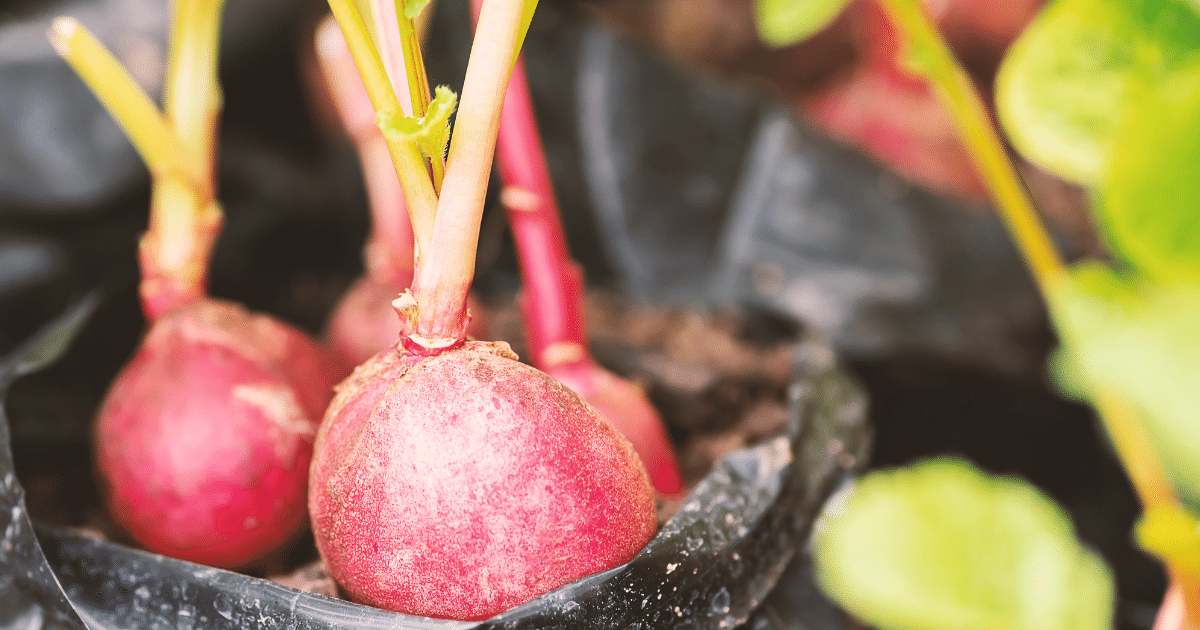
When you plant radishes with lettuce, the lettuce serves as a way of improving the flavor of the radish as well as making it softer.
15. Sage
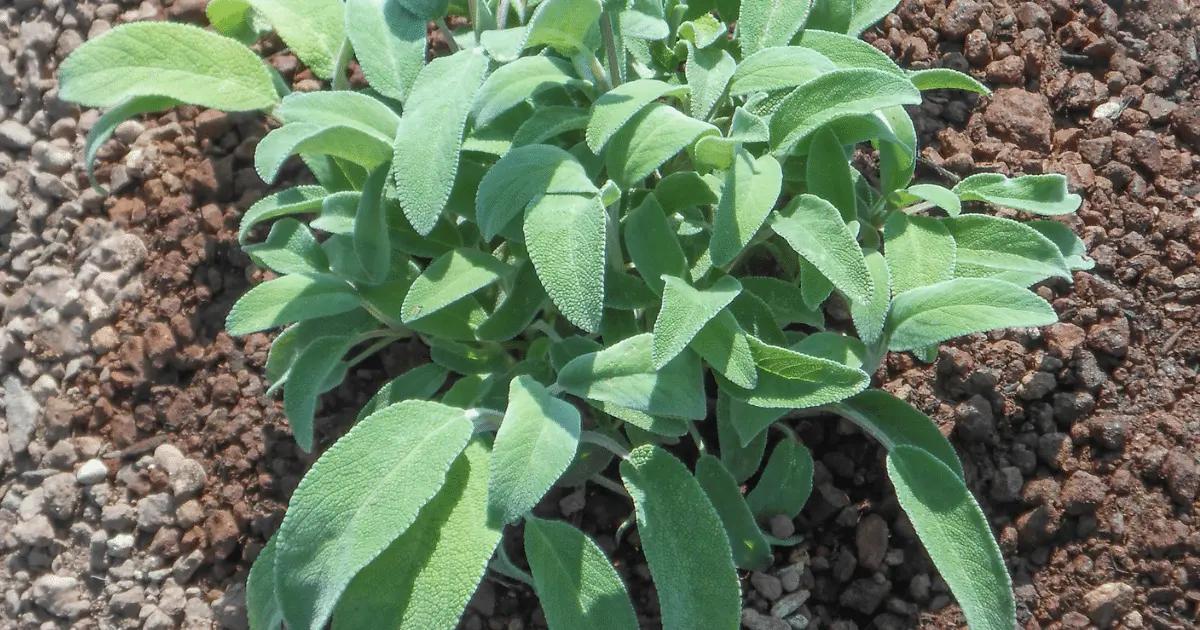
Sage is a natural slug repellent. When you plant sage around your lettuce, you shield your lettuce from the infestation of lettuce slugs, thereby ensuring a healthier and more plentiful harvest.
16. Hyssop

Hyssop has a smell that’s uncomfortable to slugs, and you don’t want slugs anywhere around your lettuce plantation because they are vicious to lettuces.
17. Strawberry
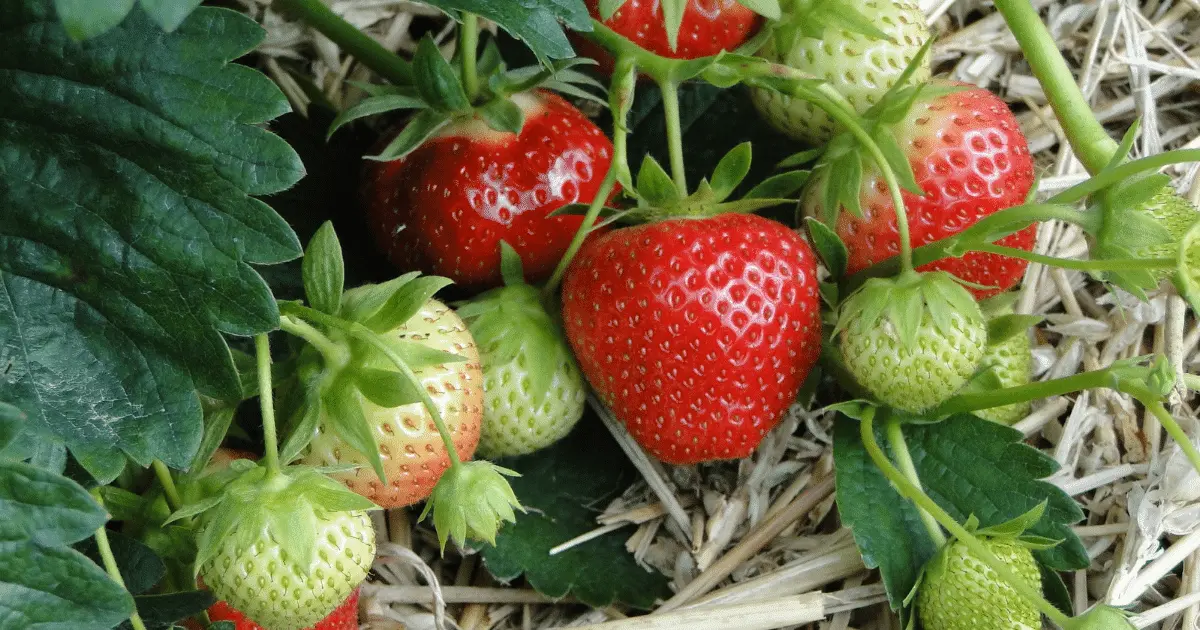
Strawberry doesn’t just have a good flavor; it has a way of influencing plants cultivated around it. When you plant lettuce around strawberries, the strawberry has a way of improving the flavor of the lettuce.
18. Corn

Corns grow tall; in fact, in the world of lettuces, you can consider corn as a giant plant. How does a giant-looking plant benefit this dwarven plant species? You mean to ask. Well, the corn will provide ample shade under which the lettuce will thrive even in extremities of weather conditions.
19. Potatoes
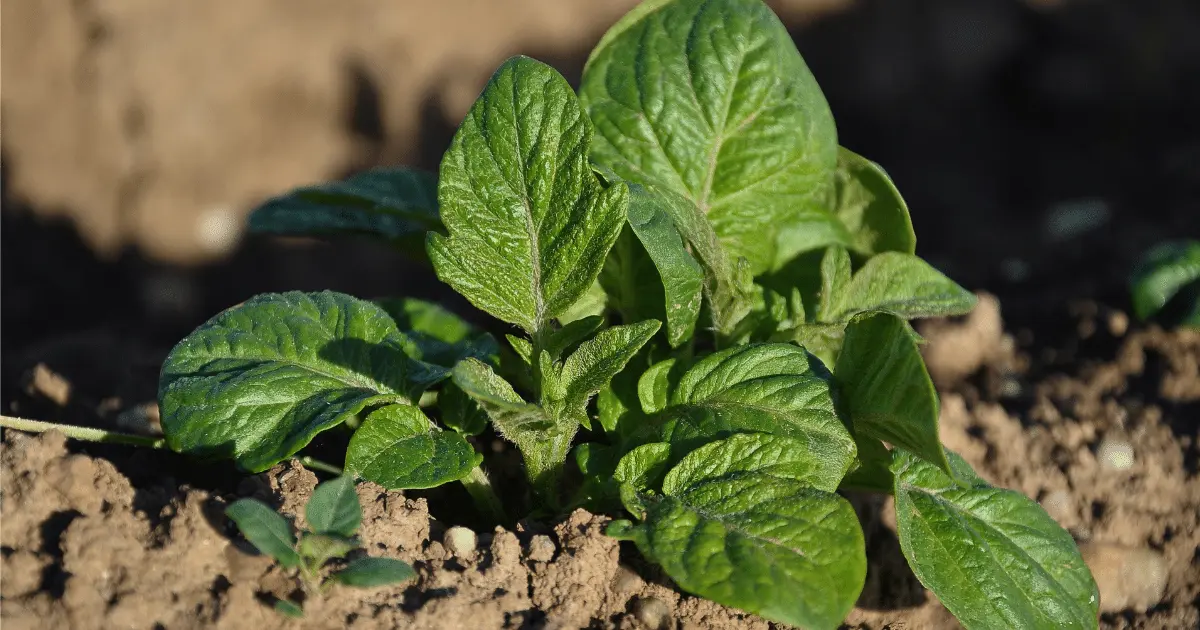
Potatoes are another great companion plant for lettuces. It would help if you considered choosing potatoes because they loosen the soil as the potatoes start producing in the ground. This will allow the lettuce access to better aeration and a well-drained soil structure.
20. Tomatoes
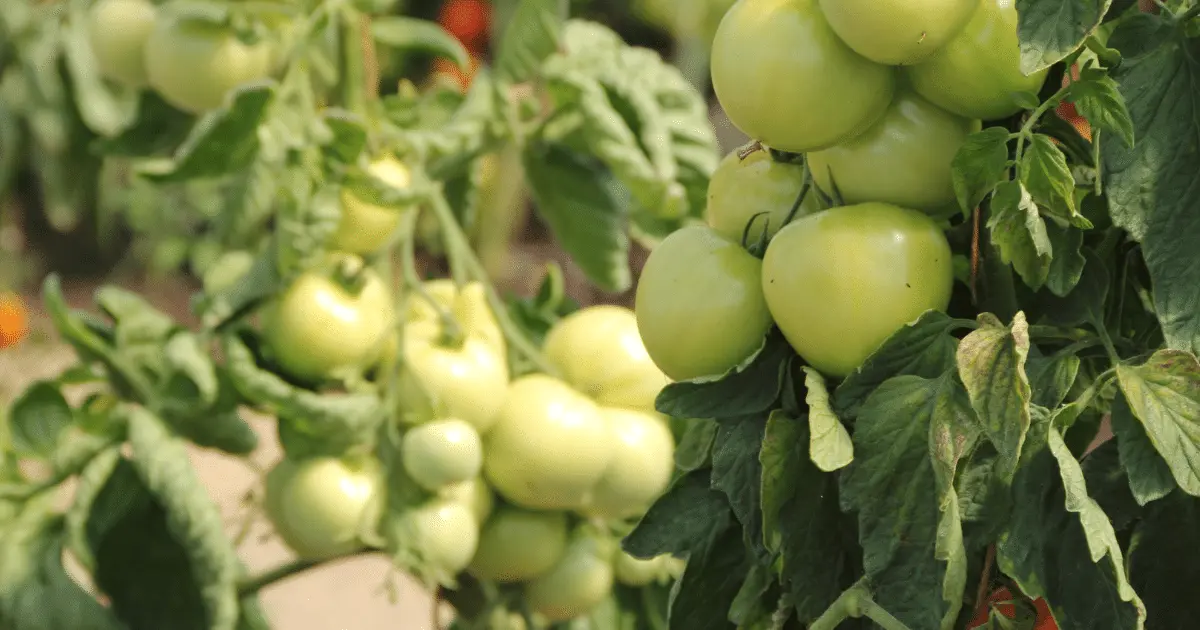
Planting tomatoes around lettuces will create enough shade for the lettuce to thrive in harsh heat conditions. The shade that tomatoes can provide lettuce makes both plants a great pair as companions.
Precautionary Measures For Using Lettuce Companion Plants
Companionship is a good thing in life and the garden, but there’s a little premise to the potential of companionship, and that is a good companion brings out the best in its companion. However, a terrific plant companionship will destroy the other party and affect your harvest.
What Not to Grow with Lettuce
There are plants you should keep off the radar of lettuce companion plants because they can inhibit the proper growth of your lettuce.
Broccoli, Cabbage, Kohlrabi, Brussels Sprouts, and Sunflowers can all stop your lettuce seed from growing. Also, Kale and cauliflower depend on the same soil nutrients as lettuce, so they won’t do well as companions. Besides, Fennels can disrupt lettuce growth.
The plants listed should not even cross the lettuce companion planting radar.
